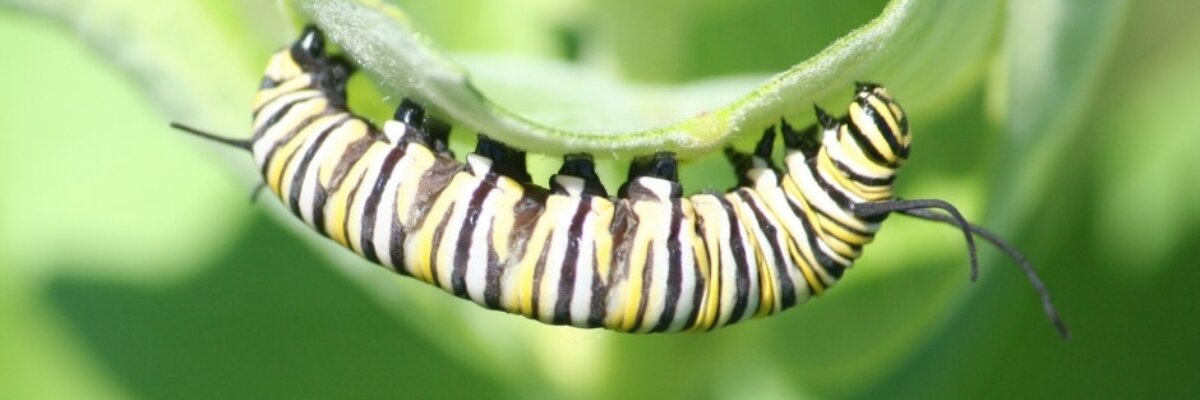
How can I identify milkweed plants?
Milkweed plants belong to the family Asclepiadaceae. Monarchs feed almost exclusively on milkweed in the genus Asclepias, of which there are approximately 110 species in North America. Milkweed is perhaps most well-known for its milky sap or for the latex contained within its leaves. You can break a leaf to see if a plant you suspect to be milkweed has milky sap. Be careful not to ingest or get milkweed sap in your eyes. Several other characteristics can help you identify milkweed. The unique and intricate structures of milkweed flowers are also very useful for identifying milkweed species. Milkweeds have floral whorls of sepals and petals, with a unique third whorl of 5 hoods. Each hood encloses a horn, which is the modified filaments of a flower’s anthers. For pollination, milkweeds rely on butterflies, moths, bees, ants, and wasps. Milkweed produces seed pods, or follicles, as its fruit. These pods split at one suture to release up to hundreds of seeds. The exact properties of milkweeds’ flowers, stems, and leaves varies with each species. For photos and information about the specific milkweed species native to your area, check out the Monarch Watch’s milkweed profiles page, and Monarch Joint Venture’s Plant Milkweed for Monarchs pdf. We also have a whole suite of milkweed resources on our Downloads and Links page.
